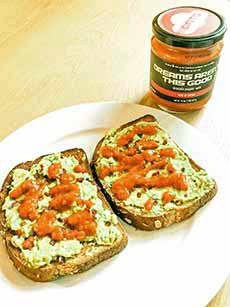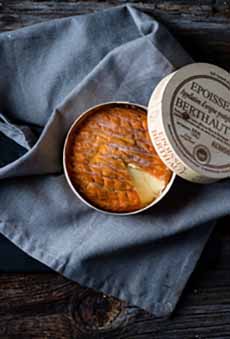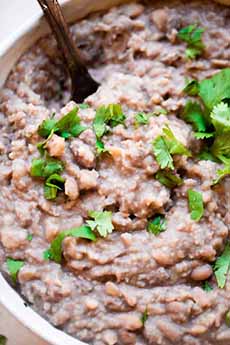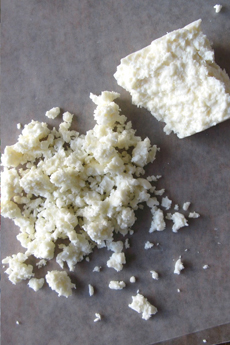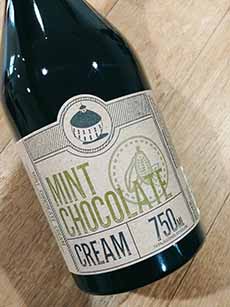|

[1] The Jerky Advent Calendar features an O Holy Cow stained glass window with a cow Santa, cow carolers and a cow snowball fight (all photos © Man Crate).

[2] The whole shebang: the flavors of jerky inside the box.
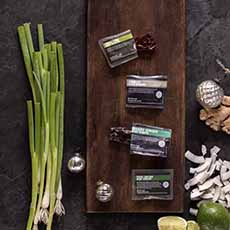
[3] A close-up on the packets of jerky and some of the ingredients used to flavor them.
|
|
Here’s a memorable gift for a beef jerky lover: a Jerky Advent Calendar with 25 flavors of jerky. But first:
WHAT’S AN ADVENT CALENDAR?
The Advent calendar dates to the beginning of the 19th century. A tradition begun by Lutherans in Germany, the first-known Advent calendar is from 1851. Its purpose: to count down the 24 days of December until Christmas.
Most Advent calendars begin on December 1, regardless of when Advent is celebrated in any particular year (it’s the fourth Sunday prior to Christmas, which can range from November 27th to December 3rd).
This means you need to get the gift now, so you can give it to the recipient before December 1st!
Advent, from the Latin word adventus, means “coming.” It’s a time of waiting and preparation for the celebration of the Nativity of Jesus, on Christmas Day.
An Advent calendar lets you mark the days with 24 closed windows, one to open each day.
Some Advent calendars are strictly religious in nature with a prayer or religious image. Others are secular. Children’s versions have pieces of candy or tiny toys affixed to a large cardboard.
The original versions were handmade. The first printed Advent calendar was published in 1908, and the now-familiar versions followed, with windows that opened out of the cardboard, revealing each day’s treat.
While a piece of candy, charm, mini toy or holiday-themed image (Santa, Rudolph) are the popular for kids, there are still inspirational versions. They can be basic or very elaborate.
In recent years there’s been a small trend to adult advent calendars, with bottles of beer, wine, fine chocolates, teas, and now…beef jerky.
JERKY ADVENT CALENDAR FROM MAN CRATES
In a fun stained glass motif with caroling and snowball-tossing cows, the Jerky Advent Calendar has 25 flavors of jerky, .5-ounce each.
In addition to Classic, the flavors include:
Herbs & Spices: Black Pepper, Garlic, Lemon Pepper, Sesame Ginger
Hot: Chili Lime, Ghost Pepper, Habanero, Orange Habanero, Root Beer Habanero, Sriracha
International: Cajun, General Tso, Teriyaki, Thai Satay
Sweet Notes: Birch Beer, Honey Bourbon, Root Beer, Sarsaparilla, Whiskey Maple
Get yours at Mancrates.com.
> THE HISTORY OF JERKY
|
